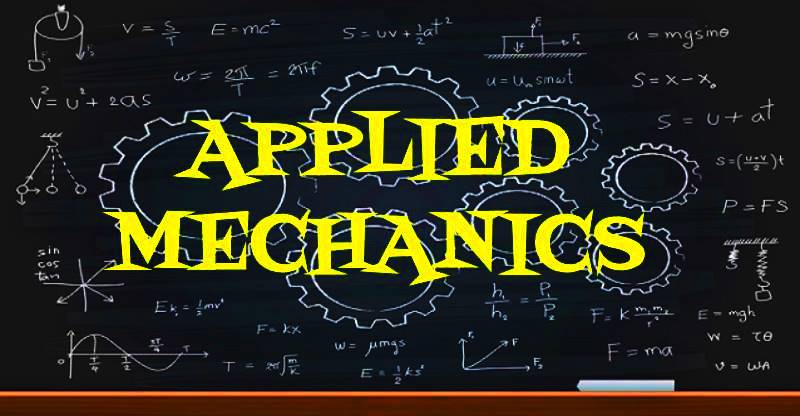LAWS OF MOTION
NEWTON’S LAWS OF MOTION:
Following are the three laws of motion, which were enunciated by Newton.
- Newton’s First Law of Motion states, “Everybody continues in its state of rest or of uniform motion, in a straight line, unless it is acted upon by some external force.”
- Newton’s Second Law of Motion states, “The rate of change of momentum is directly proportional to the impressed force, and takes place in the same direction, in which the
force acts.”
- Newton’s Third Law of Motion states, “To every action, there is always an equal and opposite reaction.”
NEWTON’S FIRST LAW OF MOTION
It states “Everybody continues in its state of rest or of uniform motion, in a straight line, unless it is acted upon by some external force.” It is also called the law of inertia, and consists of the following two parts :
- A body at rest continues in the same state, unless acted upon by some external force. It appears to be self-evident, as a train at rest on a level track will not move unless pulled by an engine. Similarly, a book lying on a table remains at rest, unless it is lifted or pushed.
- A body moving with a uniform velocity continues its state of uniform motion in a straight line, unless it is compelled by some external force to change its state. It cannot be exemplified because it is, practically, impossible to get rid of the forces acting on a body.
The second part of the law furnishes us with an idea about the function of a force. It also implies that a force, which is to produce a change in the rest or motion of a body must be externally impressed ; or in other words, must act from outside.
INERTIA: It is the property of a body due to which it cannot, by itself, change its state of rest or uniform motion, without a force.
NEWTON’S SECOND LAW OF MOTION
It states, “The rate of change of momentum is directly proportional to the impressed force and takes place, in the same direction in which the force acts.” This law enables us to measure a force, and establishes the fundamental equation of dynamics. Now consider a body moving in a straight line. Let its velocity be changed while moving.
Let,
m = Mass of a body,
u = Initial velocity of the body,
v = Final velocity of the body,
a = Constant acceleration,
t = Time, in seconds required to change the velocity from u to v, and
F = Force required to change velocity from u to v in t seconds.
∴ Initial momentum = mu
and final momentum = mv
∴ Rate of change of momentum = [frac up=”mv – mu” down=”t”] = [frac up=”m(v – u)” down=”t”] = ma
According to Newton’s Second Law of Motion, the rate of change of momentum is directly proportional to the the impressed force.
∴ F ∝ ma = k.ma
where k is a constant of proportionality.
∴ F = ma = Mass × Acceleration.
In S.I. system of units, the unit of force is called newton briefly written as N.
It is also called the Law of dynamics and consists of the following two parts :
- A body can posses acceleration only when some force is applied on it. Or in other words, if no force is applied on the body, then there will be no acceleration, and the body will continue to move with the existing uniform velocity.
- The force applied on a body is proportional to the product of the mass of the body and the acceleration produced in it.
NEWTON’S THIRD LAW OF MOTION
It states “To every action, there is always an equal and opposite reaction.”
By action is meant the force, which a body exerts on another, and the reaction means the equal and opposite force, which the second body exerts on the first. This law, therefore, states that a force always occurs in pair. Each pair consisting of two equal opposite forces.
RELATED VIDEOS:
